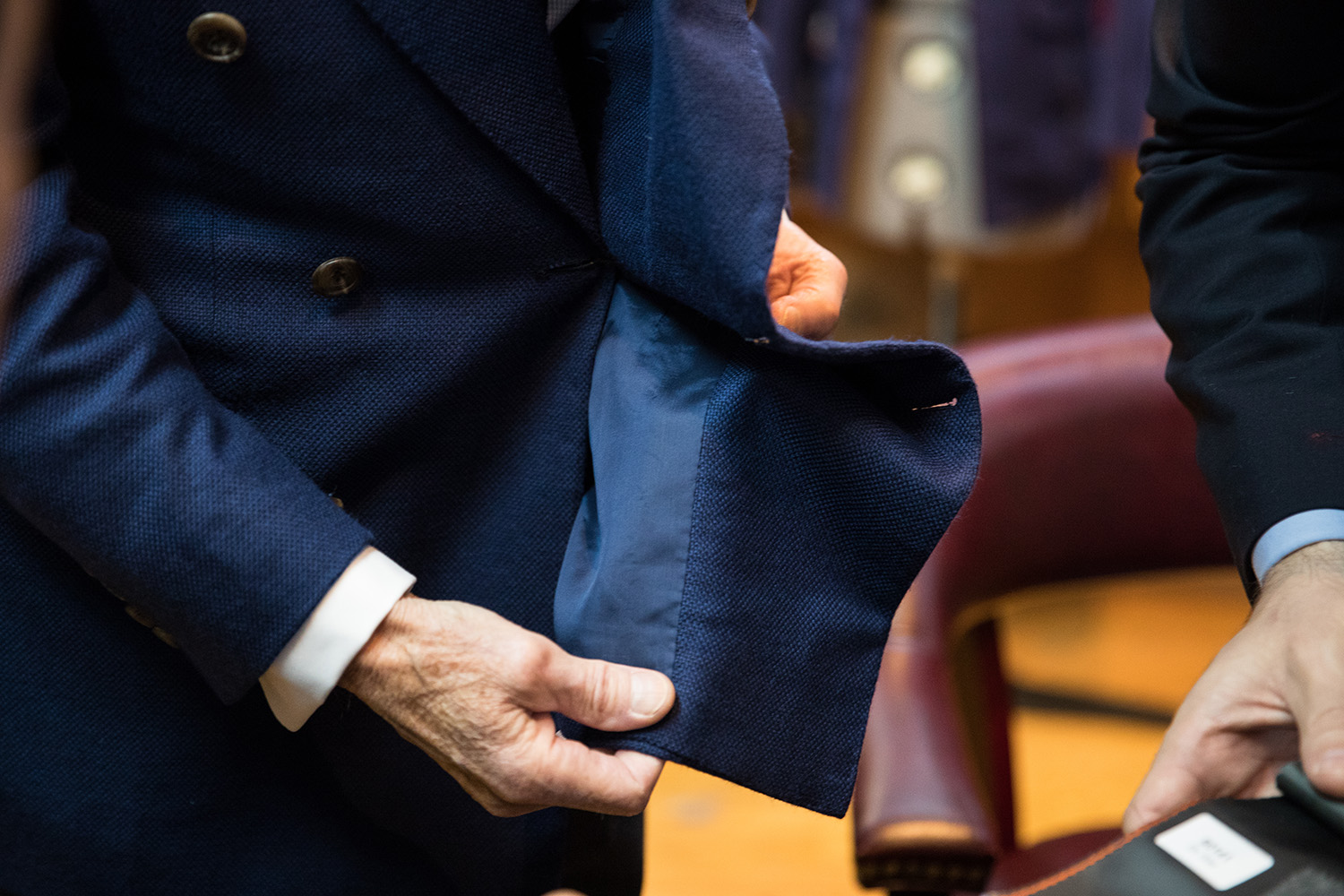Table of Contents
In the glitzy world of fashion, where creativity and innovation reign supreme, there are hidden insights that many fashion designers often keep to themselves. Behind the glimmering facades of runway shows and celebrity endorsements lies a realm of hard-earned wisdom. Understanding these secrets can be the key to unlocking a successful career in fashion. Here are some insider tips that every aspiring designer should know.
Networking Is Key to Success
While talent is undeniably important, networking is key to success in the fashion industry. The connections you forge can open doors to opportunities that might otherwise remain closed. Many budding designers underestimate the power of building relationships within the industry. Attending fashion events, trade shows, and workshops is an excellent way to meet established designers, manufacturers, and potential clients.
Engaging with others in the field is essential. It’s not just about exchanging business cards; it’s about forming genuine relationships. A simple conversation can lead to collaborations, mentorships, or job offers. Remember that the fashion industry thrives on community, and those who invest time in nurturing their connections often reap the greatest rewards.
Moreover, social media has transformed the way designers network. Platforms like Instagram and LinkedIn allow creatives to showcase their work and connect with influencers, stylists, and fellow designers. By actively participating in online conversations and sharing insights, designers can expand their reach and build a supportive network that extends far beyond their local scene.
Understanding Target Market
One of the most critical aspects of fashion design that often goes unspoken is the importance of understanding your target market. It’s easy to get lost in the excitement of designing what you love, but without a clear understanding of who will wear your creations, you may find yourself wandering aimlessly.
Before embarking on any collection, conducting thorough market research is vital. What are the current trends? Who are your ideal customers? What do they value? By answering these questions, designers can tailor their collections to meet the specific needs and desires of their audience. This targeted approach not only increases the likelihood of sales but also helps build a loyal customer base.
Additionally, understanding the demographics of your market can inform decisions about pricing, fabric selection, and marketing strategies. Designers who can anticipate the preferences and behaviors of their customers will find themselves at a distinct advantage in a competitive landscape.
Quality Materials Matter Most
In an industry that often emphasizes aesthetics, one crucial factor remains paramount: quality materials matter most. Many new designers may be tempted to cut costs by opting for cheaper fabrics or manufacturing processes, but this can lead to disappointing results in the long run. Investing in high-quality materials is essential for creating garments that not only look good but also withstand the test of time.
When selecting fabrics, consider the feel, durability, and sustainability of the materials. Sustainable fashion is becoming increasingly important, with consumers actively seeking brands that prioritize eco-friendly practices. By choosing organic cotton, recycled polyester, or other sustainable options, designers can appeal to a more conscious consumer base while contributing positively to the environment.
Moreover, high-quality materials often enhance the overall design process. They drape better, hold shape more effectively, and create a luxurious finish that can elevate a collection from mediocre to extraordinary. Remember, a beautifully designed garment is only as good as the materials used to create it.
Continuous Learning Is Essential
The fashion industry is constantly evolving, with new trends, technologies, and techniques emerging at a rapid pace. To remain relevant, continuous learning is essential. This commitment to growth can take many forms, from enrolling in workshops to seeking mentorship from experienced professionals.
Staying updated on industry trends is vital for any designer. Regularly reviewing fashion publications, attending trade shows, and following influential figures on social media can provide valuable insights into emerging styles and consumer preferences. Embracing lifelong learning not only enhances creativity but also equips designers with the knowledge needed to adapt to changing landscapes.
Additionally, learning from failures is a crucial part of the journey. Every designer will encounter setbacks—whether it’s a rejected collection, a failed collaboration, or a missed trend. Instead of viewing these moments as discouraging, they should be seen as opportunities for growth. Analyzing what went wrong, seeking feedback, and making necessary adjustments will ultimately lead to improvement and success.
Conclusion
The world of fashion is a vibrant tapestry woven with creativity, innovation, and an array of hidden truths. By recognizing that networking is key to success, understanding the target market, prioritizing quality materials, and committing to continuous learning, aspiring designers can navigate this complex landscape with confidence. The journey may be challenging, but armed with these secrets, anyone can find their unique voice in the fashion industry and create a lasting impact. As the saying goes, “Fashion fades, but style is eternal.” Embrace these insights, and let your style shine brightly.


More Stories
Fashion Designer Trends Shaping the Industry
Exclusive Interview with a Revolutionary Fashion Designer
Becoming a Fashion Designer: What It Takes